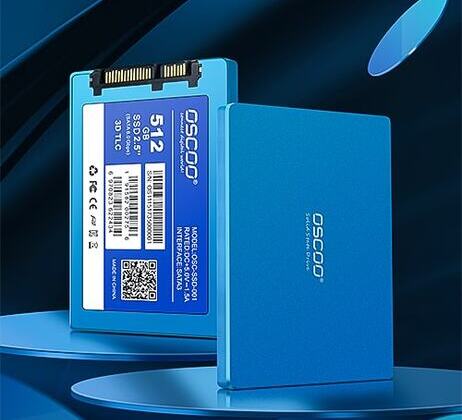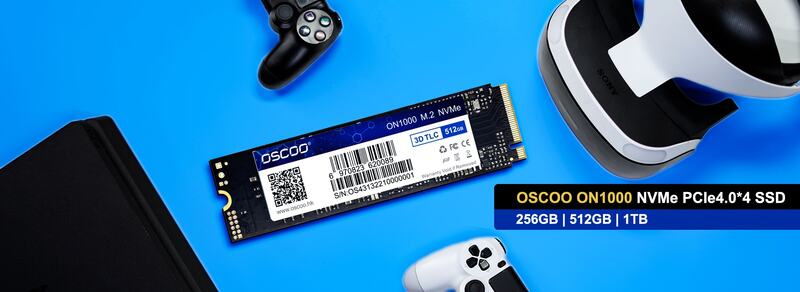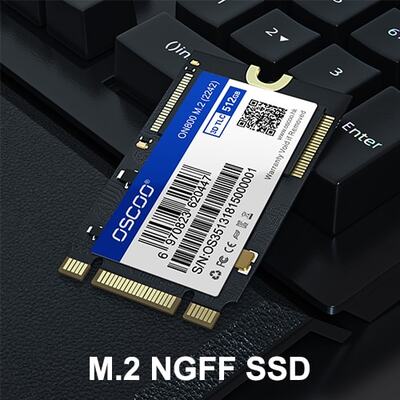News
Site Editor
 Site
/uploads/image/64e425c3edfef.png
Upgrading specific components like SSDs remains an excellent choice for older machines.
Site
/uploads/image/64e425c3edfef.png
Upgrading specific components like SSDs remains an excellent choice for older machines.
Upgrading your aging computer? Here's what you should know
Views: 797
Author: Site Editor
Publish Time: 2024-04-23
Origin: Site

